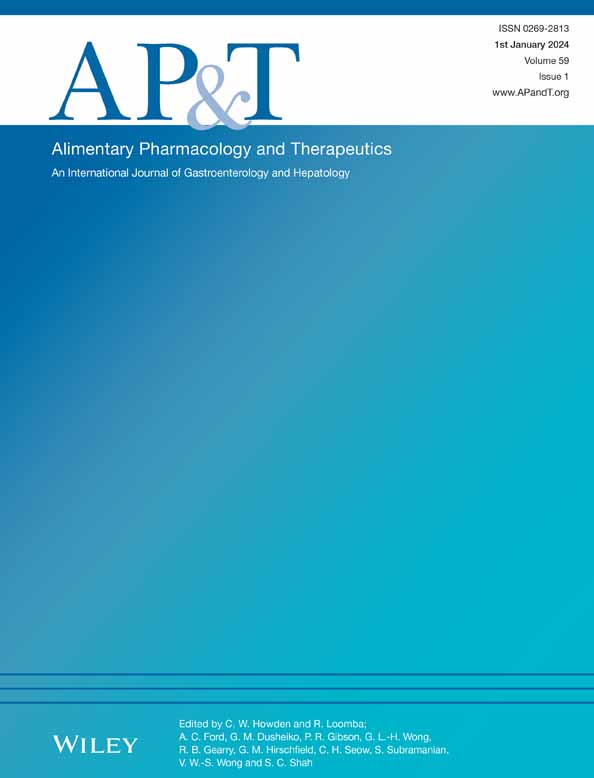Editorial: Monitoring methotrexate polyglutamates in Crohn's disease
LINKED CONTENT
This article is linked to van de Meeberg et al papers. To view these articles, visit https://doi.org/10.1111/apt.17719 and https://doi.org/10.1111/apt.17795
Methotrexate has been used since the mid-1980's for rheumatoid arthritis and IBD. Despite the use of immunomodulators and availability of many newer biological and small molecule medicines for IBD, there remains a therapeutic gap for patients with primary failure or secondary loss of response to the medicines that they can access. Methotrexate remains an option for monotherapy or in combination with biological therapies to reduce drug immunogenicity. Using the same pathways as folate, methotrexate is actively transported into cells where glutamate groups are added. The additional glutamates enhance the retention of methotrexate within cells and inhibit a number of intracellular enzymes in the folate pathway thereby exerting anti-inflammatory effects. Over the years, there has been interest in measuring red blood cell (RBC) methotrexate polyglutamates (MTX-PG) for therapeutic drug monitoring (TDM), particularly in inflammatory arthritis. The focus has primarily been on the longer and, therefore, more stable polyglutamate molecules MTX-PG3 or -PG3–5. Whilst some studies in rheumatoid arthritis suggested that lower MTX-PG3 concentrations were associated with higher levels of disease activity1 this has not been a universal finding.2
Up until now, there has not been data to support MTX TDM in IBD. In fact, one small cross-sectional study suggested an inverse relationship between MTX-PG concentration and disease activity,3 possibly related to the cross-sectional study design whereby those participants with more refractory disease may have had dose increases with dose known to be a key variable influencing MTX-PG concentration.4
The results from the prospective study by van de Meeberg et al.5 in the Netherlands are, therefore, of particular interest as the study has shown that there may indeed be a target threshold concentration for MTX-PG3 that could be used for TDM in Crohn's disease to improve outcomes. This well-conducted multicentre study included 80 patients with Crohn's disease and used persistence on methotrexate and faecal calprotectin as markers of efficacy, showing greater drug persistence and calprotectin improvement with higher MTX-PG3. Establishing a valid therapeutic range or threshold for drug concentration is always difficult and a much larger study would be required to fully validate the findings and more firmly establish the threshold level.
A finding of interest in the reported study was that higher MTX concentrations correlated with reduced methotrexate GI adverse effects, which is contrary to normal logic and to previous experience. One explanation might be that some GI adverse effects may actually be due to active IBD and that MTX is reducing these GI adverse effects by controlling the active disease. However, this finding remains to be fully explained.
Whilst we have an ongoing therapeutic gap in treatment for IBD we remain dependent on both older and newer therapies. We also need to optimise the use of all our medicines and, if the results are confirmed, the study by van de Meerberg et al may help us to optimise the use of methotrexate.
AUTHOR CONTRIBUTIONS
Murray L. Barclay: Conceptualization (equal); writing – original draft (equal); writing – review and editing (equal). Lisa K. Stamp: Conceptualization (equal); writing – original draft (equal); writing – review and editing (equal).
LINKED CONTENT
This article is linked to van de Meeberg et al papers. To view these articles, visit https://doi.org/10.1111/apt.17719 and https://doi.org/10.1111/apt.17795




